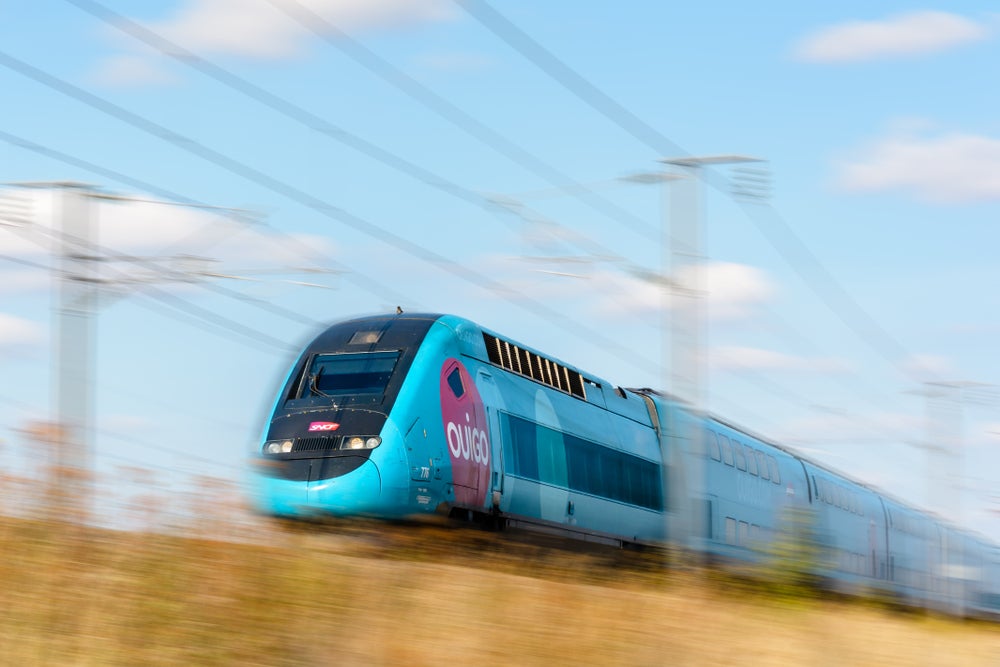After nearly two decades of the EU’s rail market liberalisation, the intention to ramp up competitiveness and revolutionise a sustainable high-profit rail network is well understood, although different countries have chosen different paths, leading to different results.
The liberalisation of the railway system has progressed intensely since the introduction of the EU’s ambitious and large-scale fourth railway package for the commercial long-distance rail market in 2016. Eliminating the exclusive rights of existing operators has been a core objective of the legislation movement from the outset.
The first railway package, introduced in 2001, made public tendering a standard process. For the first time, railway companies were given the chance to enter this market under a free competition model that respects the principles of transparency and non-discrimination. This opened up opportunities in the European railway market for any European rail operator, public or private, from any country.


Competition between incumbents and new players in the railway market has created greater capacity and inspired new technology innovation, all benefitting travellers. Healthy competition is only a good thing, especially when it aims to drive down the price for travellers, improve transport services, and reduce the transport sector’s carbon footprint.
However, in a highly complex and evolving railway industry, gaining and maintaining a competitive edge is challenging. And for new entrants and incumbents wanting to claim new railway contracts, where do they start, and what are the important considerations for managing the tender, procurement and project maintenance processes involved?
Leading by example: the French railway market
The French railway market is dominated by SNCF, which operates the majority of the country’s rail services. The company is responsible for the operation and maintenance of the rail network, as well as the provision of passenger and freight services.
The railway market in France has undergone significant transformations in recent years, driven by the need for modernisation and improved efficiency of passenger services and experiences. It faces several challenges, including aging infrastructure and pressing environmental concerns, relating to carbon emissions and noise pollution.
As such, the French government has adopted an aggressive and meaningful strategy with €100bn investment over 16 years to expand and upgrade the country’s rail infrastructure, with key objectives of improving daily travel and reducing carbon emissions.
Underpinning this transformation in the French railway market is the call for a tender structuring process now that passenger rail transport is open to new entrants on lines formerly reserved for national operators. For example, Italian rail operator Trenitalia has operated Frecciarossa trains on the Paris–Lyon line since autumn 2021, and Spanish rail operator Renfe has served the Paris–Marseille corridor since 2024.
France has seen a significant increase in the number of private rail operators, offering a range of services from high-speed trains to regional commuter services. Companies such as Ouigo, a subsidiary of SNCF, have disrupted the traditional rail market by offering low-cost, high-quality services that appeal to a wider range of passengers.
However, for the many tender successes, there have been failures too. The open-access rail co-operative Railcoop had been hoping to rejuvenate the Bordeaux to Lyon route, but failed to ever launch the passenger service and went into liquidation.
Whilst it is not clear what exactly went wrong, it should be a stark reminder that the tender application is just one element of the process. Strategy, planning, and maintenance to optimise any supply chain service infrastructure is an ongoing challenge.
Tender stages
The opportunity for private companies to contribute to the development of the country’s railway infrastructure is a highly lucrative one for companies of all sizes and specialities – if they get it right for the long haul.
Entering a highly competitive new market presents uncertainties and risks with strict compliance procedures that need to be adhered to. On top of this, an aggressive price strategy coupled with a low carbon footprint should always be a top priority for any tender application.
It is of utmost importance to understand the railway tendering process and develop a structured approach for securing and maintaining contracts in the evolving rail industry. A strategic four-step process to gain a footing in the competitive French railway market is recommended.
This four-step process can be outlined by referring to a case study of the renovation of TGV Atlantique trains on the SNCF Hellemmes-Lille maintenance site, which involved the supply of electronic component kits to upgrade the electronic boards on 1st generation TGVs.
Stage one: the qualification phase
The tendering of rail services subject to Public Service Orders (PSOs) is a long and complex process and sets limited timescales for bids, meaning bidders have limited time to prepare their offers.
The parameter of the tender must be properly defined and qualified from the outset. New entries should identify the robustness of their value proposition against the perimeters of the tender, including operating costs, maintenance costs, and rolling stock availability.
Ensuring that rolling stock is available to enter the market in the timeframe set by the tender requires an agile business model to be in place to adapt to changing market conditions and demands. Any tender application must demonstrate a commitment to safety, quality, decarbonisation, and sustainability, showcasing relevant certifications and innovative practices – and must be backed with hard evidence.
For the TGV Atlantique trains project tender, this involved the identification of current component references from the operator and defined schematics. It also required an in-depth meeting with the operator to finalise the list of requested components and their technical equivalents according to the life phase of the component, the obsolescence of certain components, and their need on each type of train of the different types of TGV, Standard, and Duplex.
Stage two: project tenders offer
To drive the contract forward, new entrants into the railway market should consider assigning or outsourcing a skilled bid team – experts in rail engineering with strong technical skills, project management, and financial expertise. These experts can advise how to best utilise existing in-house solutions and optimal procurement needs and standards, in line with a roadmap for new product development.
For the TGV Atlantique tender, this involved the identification of sources of supply for all components to be included in the supply kit. The establishment of a complete pyramid structure of kit nomenclature – corresponding to the renovation of a board by train type – was also required.
Stage three: supply chain management
The winning organisations are those that can develop a forward-thinking approach for every part of the supply chain, from rolling stock procurement and demand planning to parts delivery and maintenance. It is important to show agility for production delivery in line with defined timelines.
For the TGV Atlantique trains tender project this involved presenting the methodology for the supply chain implementation plan and process to the operator, as well as establishing a three-year supply schedule.
Stage four: ongoing installation and maintenance
Effective planning, coordination, and execution are essential for ensuring the timely completion of projects while maintaining high standards of quality and safety.
It is about being meticulous with the coordination of the lifetime of a project and building strategies aligned to KPIs. This includes planning and scheduling site installations, implementing safety protocols, and regulations for compliance, managing resources, and organising logistics.
For the TGV Atlantique trains tender project, this involved the implementation and monitoring of the renovation operation and the proper identification of the components necessary for each application, all while meeting the operator’s technical requirements.
It also required the complete traceability of the source, origin, and quality of the components supplied; with first-class productivity and industrial performance through the implementation of a structured process. Ready-to-use named-out kits were made available for the trains undergoing maintenance, in line with the schedule requested by the operator. Economic performance indicators and reporting were also carried out for the operator.
Realising the opportunities From railway liberalisation
While there is a huge opportunity for new entrants to make their mark and profit from the railway liberalisation movement, it is not easy. Winning the tender is just the beginning.
Navigating opportunities from EU-Rail liberalisation must be guided by specialised expertise for the definition, realisation, monitoring, and maintenance of any project. Only then can new entrants into the market truly make an impact and help railways become socially and economically sustainable.




